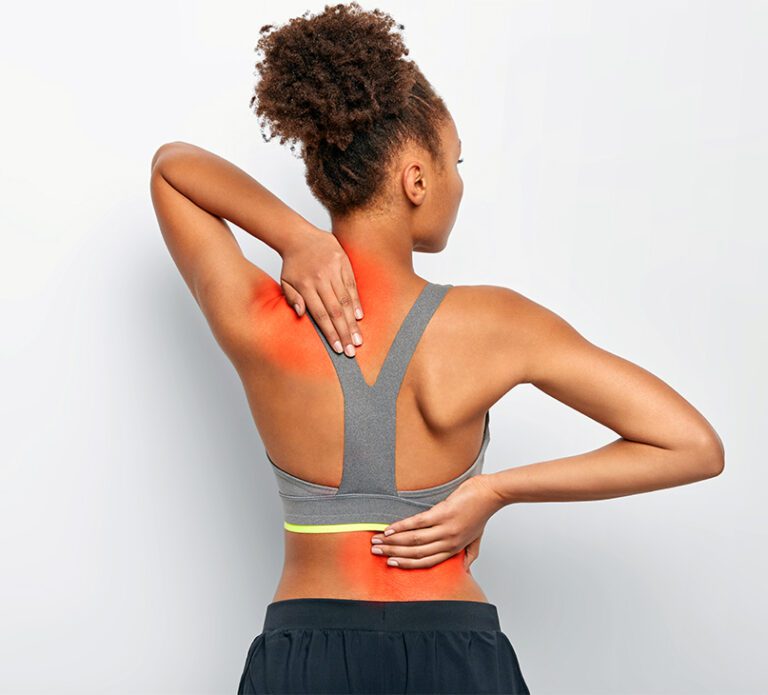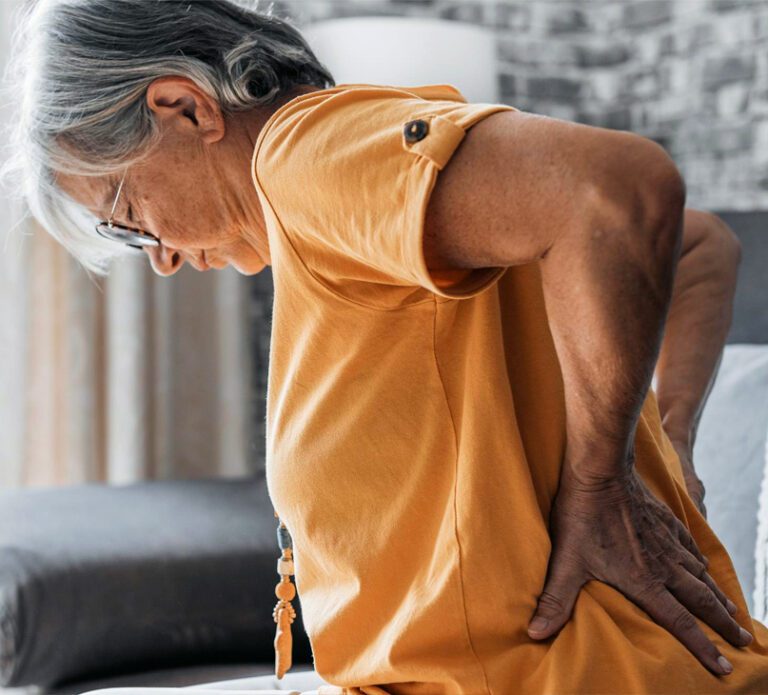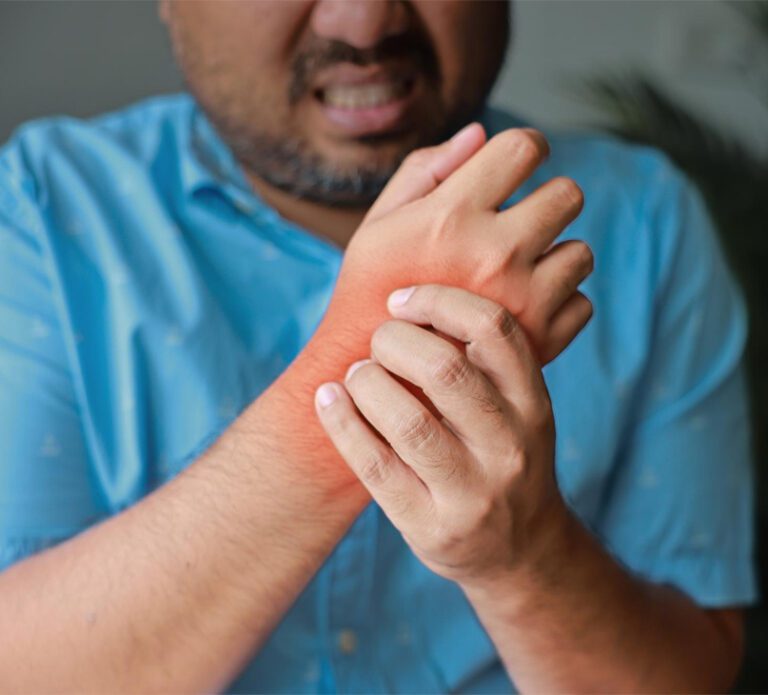Effective Homeopathic Treatment for Arthritis in India
Comprehensive Arthritis Treatment at Modern Homeopathy Pvt Ltd in India
Our research-based homeopathic formulations are gentle, painless, and free from harmful side effects, making them a trusted alternative to conventional arthritis treatments. By working at the cellular level, our remedies help reduce inflammation, alleviate pain, and restore joint function, helping you lead a more active, pain-free life.
Why Choose Modern Homeopathy for Arthritis Treatment in India?
- Research-Driven Solutions: Our homeopathic treatments are backed by extensive research aimed at addressing the root causes of arthritis, not just the symptoms.
- Natural and Non-Invasive: We offer natural, non-invasive remedies that provide relief without the risks or side effects of conventional medications.
- Personalised Treatment Plans: Every patient receives an individualised treatment plan tailored to their specific condition, ensuring the most effective results.
- Long-Term Relief: By addressing the root cause of arthritis, our homeopathic treatment offers long-term relief and prevents further joint deterioration.

What is Arthritis?
- Osteoarthritis: A degenerative joint disease where the cartilage that cushions the ends of the bones wears down over time, leading to pain and stiffness, especially in weight-bearing joints like the knees and hips.
- Rheumatoid Arthritis: An autoimmune disorder where the immune system attacks the lining of the joints, causing inflammation, swelling, and joint deformities.
Common Arthritis Symptoms
Arthritis symptoms can vary depending on the type and severity of the condition but generally include:
- Joint Pain: Persistent pain in the affected joints, particularly after movement or physical activity.
- Swelling: The joints may become swollen, tender, and warm to the touch.
- Stiffness: A common symptom, especially in the morning or after periods of inactivity.
- Limited Range of Motion: Difficulty moving the joint or performing everyday tasks.
- Joint Deformities: In severe cases, prolonged inflammation can cause joint deformities and loss of joint function.
If you’re experiencing any of these arthritis symptoms, it’s important to seek professional care in India to prevent the condition from worsening.


Causes of Arthritis
The cause of arthritis varies depending on the type, but several factors can contribute to the development of this condition:
- Age: As we age, joints naturally wear down, increasing the risk of osteoarthritis.
- Genetics: A family history of arthritis can make you more prone to developing the condition.
- Injury: Joint injuries from accidents or sports can increase the likelihood of developing arthritis later in life.
- Autoimmune Disorders: Conditions like rheumatoid arthritis occur when the immune system mistakenly attacks healthy joint tissues.
- Obesity: Excess body weight places additional strain on joints, especially in the knees and hips, which can lead to arthritis.
Benefits of Choosing Modern Homeopathy in India for Arthritis Treatment
- Natural Pain Relief: Homeopathic remedies provide effective pain relief without the side effects associated with conventional painkillers.
- Holistic Care: Homeopathy treats the whole person, considering physical, emotional, and lifestyle factors in the treatment process.
- Customised Treatment: Our remedies are tailored to your individual symptoms and overall health, ensuring you get the care you need.
- Prevention of Further Damage: By addressing the root cause of arthritis, our treatments help prevent further joint damage and deterioration.

Contact Modern Homeopathy for Personalised Arthritis Treatment in India
Are you struggling with joint pain or looking for a natural solution to manage arthritis symptoms? At Modern Homeopathy Pvt Ltd, we offer customised homeopathic treatment for joint pain in India that addresses the root causes and helps improve joint function. Our experienced team of homoeopathic doctors will create a personalised treatment plan to relieve your symptoms and restore mobility. Contact us today to schedule your consultation and start your journey toward better joint health.
